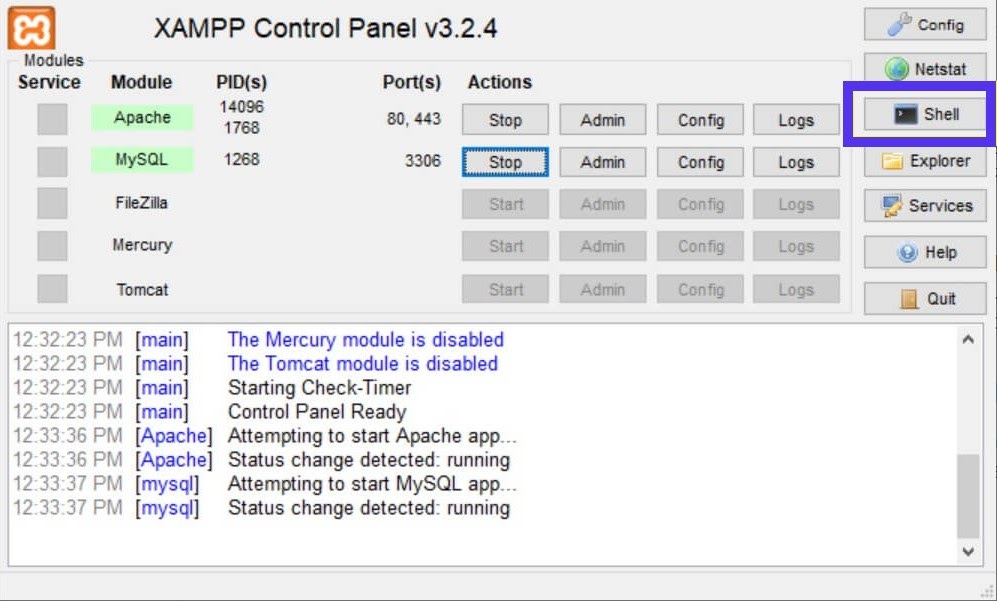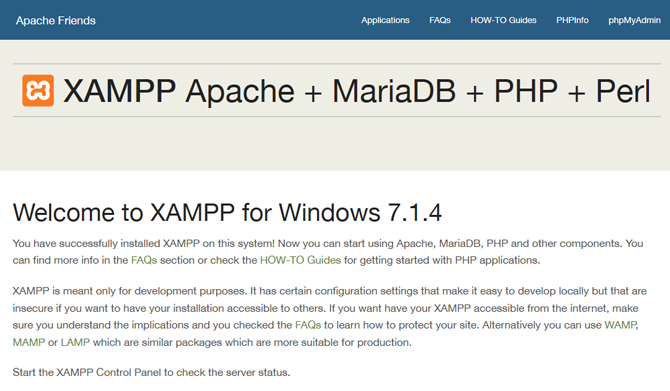

What’s more, many professionals use it, too. XAMPP to the MaxĪs a free and open-source solution, XAMPP is a common option for web developers and testers running on a tight budget. If everything’s OK, you should see your PHP file open in your browser.

You should see the “localhost – Welcome to XAMPP” option right below the address bar.Now, open your browser and type “localhost” into the address bar (omit the quotations).The Apache label in the Module column will turn green and you’ll see a message in the log at the bottom of the Control Panel informing you that the server is running. Click on the Start button in the Apache row. Once the app opens, you will see its Control Panel.You can open it via the status bar icon or search for it in the Start menu if you’re on a Windows computer. In the next row, open the header with Title. Open the file with a text editor, both Notepad and Notepad ++ will be good.

Before we start, here is a word of warning: don’t enter the full stops at the end of the commands, as they are only there for grammatical purposes. Name the file and change its extension from txt to php. Go to the folder you created in the previous step and create a new text file in it. If you don’t have the file and you want to create your first PHP file to test XAMPP, here’s what to do. Once you’ve located it, copy and paste it into the folder you created in the previous step. If you already have a file that you want to open with XAMPP, browse for it. Alternatively, you can name it “NewProject,” “Project 1,” or give it any other name.

There, create a new folder and name it after the file you’ll copy into it. Once you get to the XAMPP’s main folder, go to the htdocs folder.


 0 kommentar(er)
0 kommentar(er)
